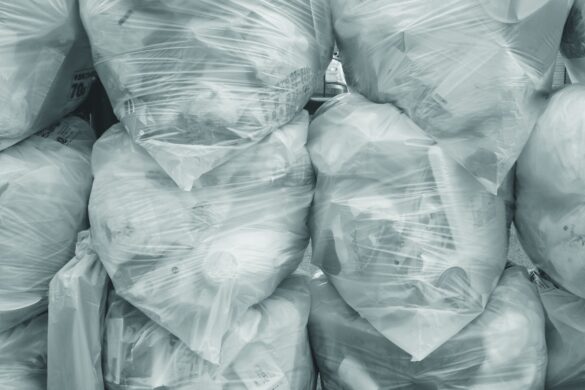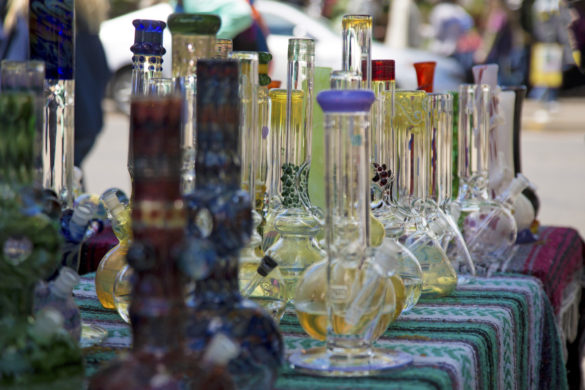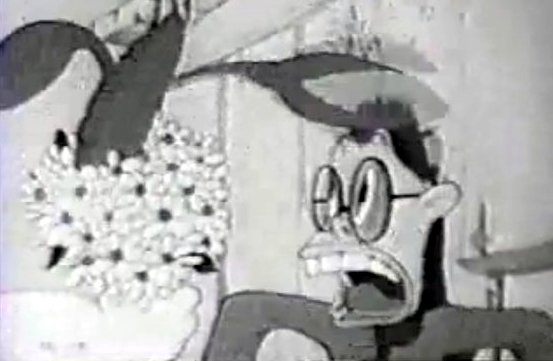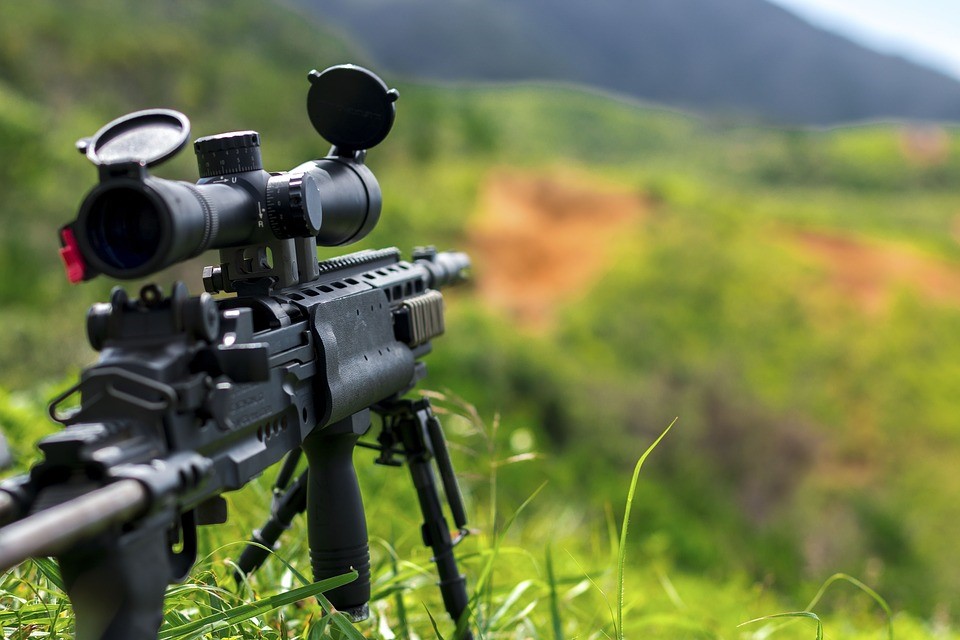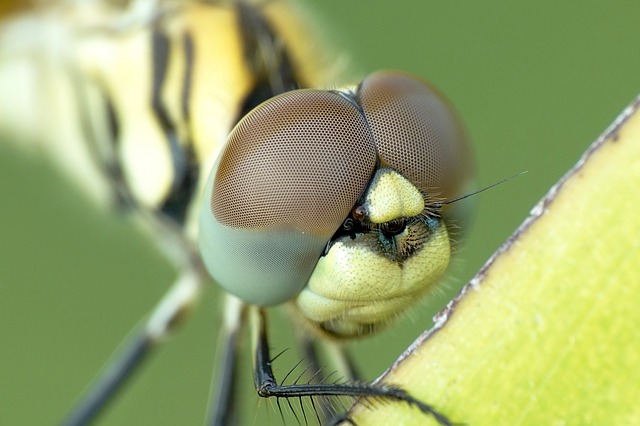
Many people who enjoy landscape photography, like Elvis Dzebic, also enjoy macro photography. This is a very wide topic, which is why so many photographers like it. One of the greatest things about macro photography is that you can do it indoors, which means you’re less reliant on the weather. That said, it is a bit of an art form, and you’ll find that you will have to go through quite a bit of trial and error before you get that perfect shot. So what do you need to know?
Equipment
You will need:
- A good close up lens. While this usually doesn’t give fantastic optical quality, it is quite affordable. Hence, it is perfect for the beginner who is considering macro photography. Usually, these lenses simply screw on to your existing lens, in the same way as filters. It’s basically as if you have put a magnifying glass in front of you.
- An extension tube, which is a little bit more expensive. In fact, if you go for a good quality one, it is as expensive as a lens. These tubes sit between the body of your camera and the lens, which means the focusing distance is increased. You purchase these in sets, giving you some degree of choice in terms of how much you want to magnify something. Be aware that the autofocus on your lens is unlikely to still work unless you purchase a really expensive model. That said, using manual focus is better with macrophotography anyway. Extension tubes are better than macro lenses, because you have greater control over the optical quality, since you’re not using a filter. Furthermore, you can achieve massive magnification, sometimes more than you would with a dedicated macro lens.
- If you are at the point that you know macro photography is for you, then you need a dedicated lens. Make sure it has a 1:1 ratio at least, meaning that the sensor will show your objects in life size. The focus can go all the way down to just a couple of centimeters. The quality is fantastic, particularly if you have purchased a fixed focal length, prime lens, which comes with fast apertures. While you may be reluctant to invest in such an expensive lens, remember that you can use them for short range telephoto pictures, and for portrait photography as well.
- A remote release. It doesn’t matter if it’s cable or wireless. Because you are using such high magnifications, simply pressing the shutter release can make your camera shake, and this can totally ruin your shot, even if you have stabilization in place. Remote releases are really cheap, so not purchasing one really is false economy.
Hopefully, these tips will help you to get started in the world of macro photography. If you have the above equipment, all that is left to do is get shooting. It is through practice that you will learn how to take the best shots. Plus, assuming you have a DSLR, it doesn’t matter if you take lots of useless shots, since you can simply delete them.


